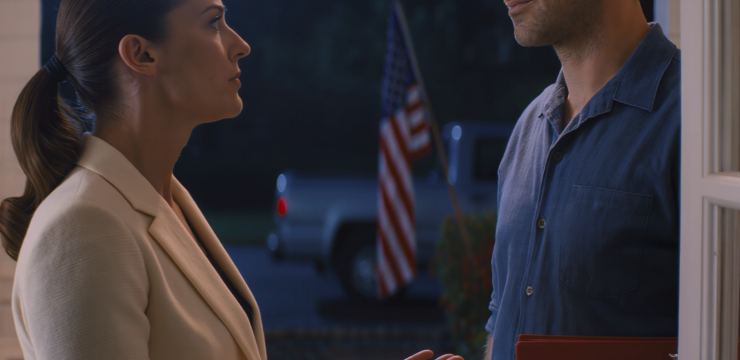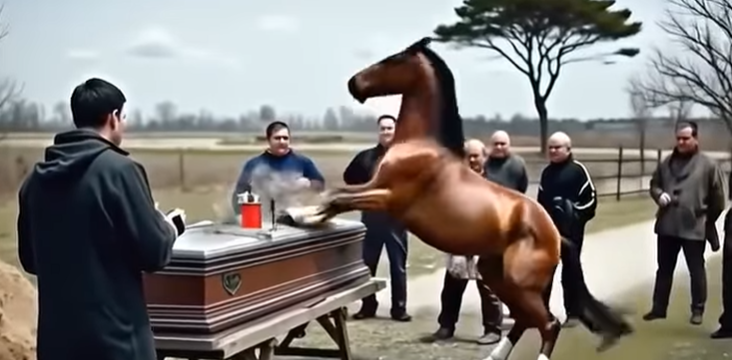Here’s a visual brain teaser that’s been making waves across the internet, and while it might seem simple at first, it’s definitely trickier than it appears. The image in question captures a chaotic yet humorous scene—a man walks in on two people in bed, and while that’s what grabs your attention initially, the real challenge is something else entirely. Hidden within this scene are four everyday objects: a fish, a pencil, a nail, and a matchstick.

Your task? Spot all four. Sounds easy, right? Think again. This puzzle is designed to throw off your perception, luring your eyes toward the main characters and away from the cleverly camouflaged objects scattered throughout the scene. You might want to zoom in, take a deep breath, and prepare to test your observation skills because most people don’t find all four on their first attempt. So why do people struggle? It all comes down to how the brain processes images. Our eyes tend to lock onto the most dramatic elements of a picture—the facial expressions, the action, the story.
In this case, your brain’s natural instinct is to focus on the man’s surprise or the two people in bed. Meanwhile, the objects you’re supposed to find are hiding in plain sight, disguised as part of the background or built right into the design. Visual distractions, clever camouflage, and assumptions about where the items “should” be all contribute to the challenge. But once you push past the initial story and start scanning with purpose, the hidden items begin to emerge. Let’s break them down. First, the fish. Take a close look at the pillow the woman is clutching. It’s not just an ordinary pillow—it’s been drawn to resemble a fish, complete with a tail fin, an eye, and the contours of a body. Once you see it, you can’t unsee it. Next, the pencil. The man entering the room is wearing what looks like a bright blue tie. But it’s not a tie—it’s a stylized pencil. The pointed tip and shaded details reveal it’s actually designed to look like a sharpened writing instrument. Your brain reads it as clothing at first, but a closer look tells a different story.
Third, the nail. Shift your gaze toward the bedpost. On top of one of the posts is a round metal detail that appears to be part of the wood design. But if you’re paying attention, you’ll notice it’s not decorative at all—it’s the head of a nail subtly embedded into the structure, hiding in plain sight. Finally, the matchstick. Near the door handle that the man is gripping, you’ll spot a slender brown stick with a slightly darker tip. That’s the matchstick, cleverly disguised as part of the doorframe.
@itsdxnmusic #spotify #fullsong #lyrics #fyp ♬ In the Name of Love – Martin Garrix & Bebe Rexha
It blends in so seamlessly that most people completely overlook it on their first few passes. To recap, the four objects are hidden as follows: the fish is integrated into the pillow’s design, the pencil is actually the man’s tie, the nail is sitting on top of a bedpost, and the matchstick is positioned beside the door handle. When highlighted or circled in an annotated version of the image, their disguises become even more impressive. Beyond the fun and frustration, puzzles like this serve a greater purpose—they’re excellent for your brain. Solving visual riddles helps improve your attention to detail, strengthens pattern recognition, and enhances lateral thinking. It challenges you to look beyond the obvious and trains your mind to analyze things differently.

This kind of mental exercise sharpens your problem-solving skills and can even boost your focus in everyday situations. So, how did you do? Did you manage to find all four items without any help? Maybe one object stumped you for way longer than it should have, or perhaps you nailed it on the first try. No matter the outcome, the key is that you gave your brain a workout. Share your results with friends, challenge someone to beat your time, and see who can find the hidden objects faster. And if this puzzle caught your interest, don’t stop here—there are hundreds more just like it out there waiting to test your eyes and stretch your brain. The answers are almost always right in front of you. The trick is learning how to see them.





